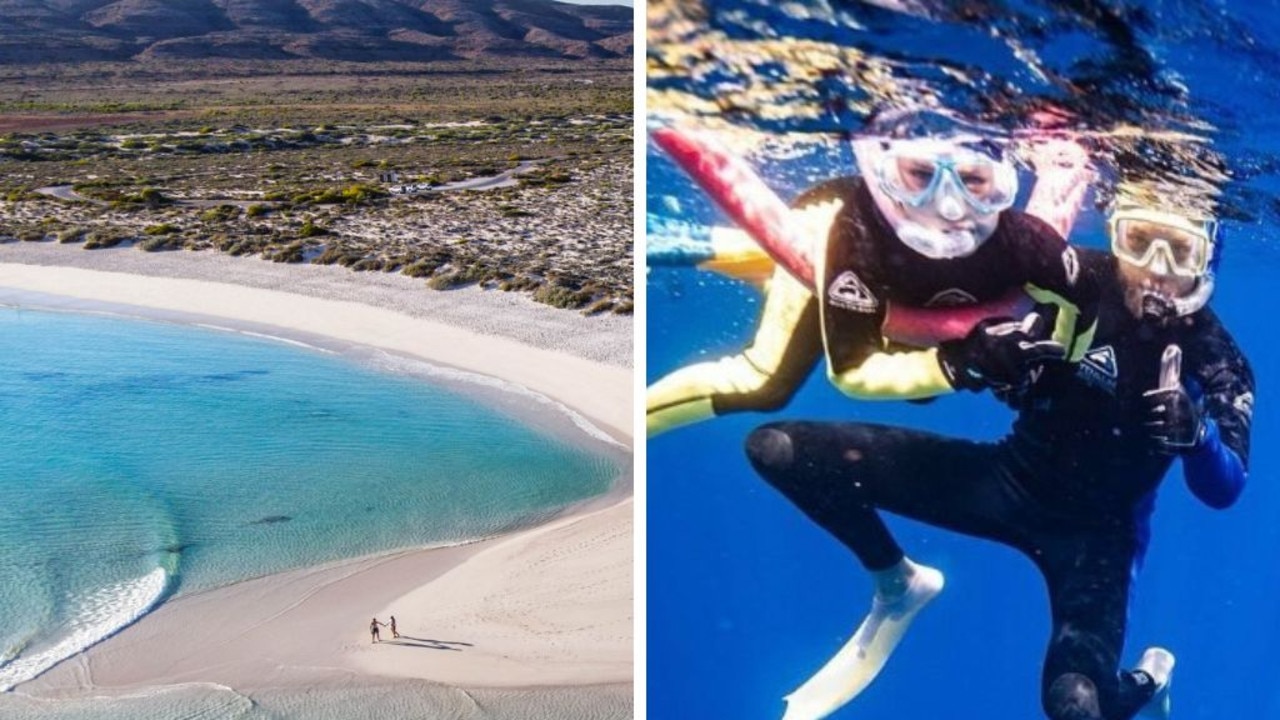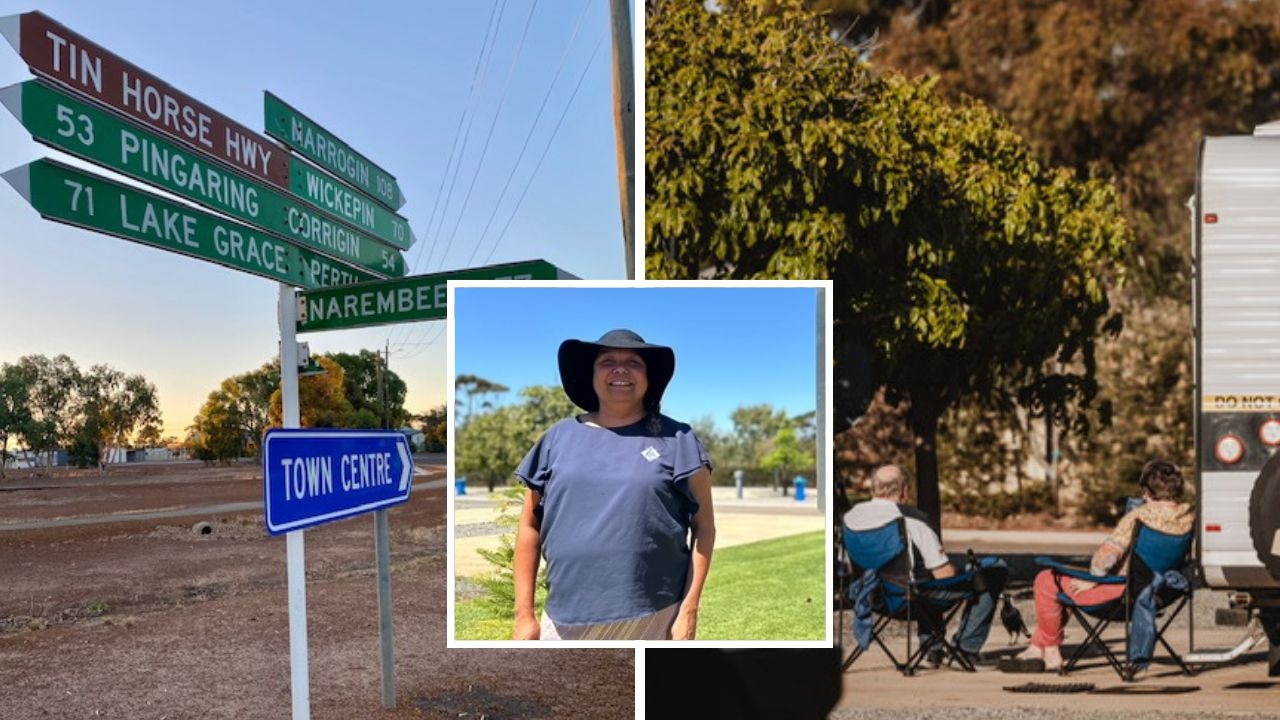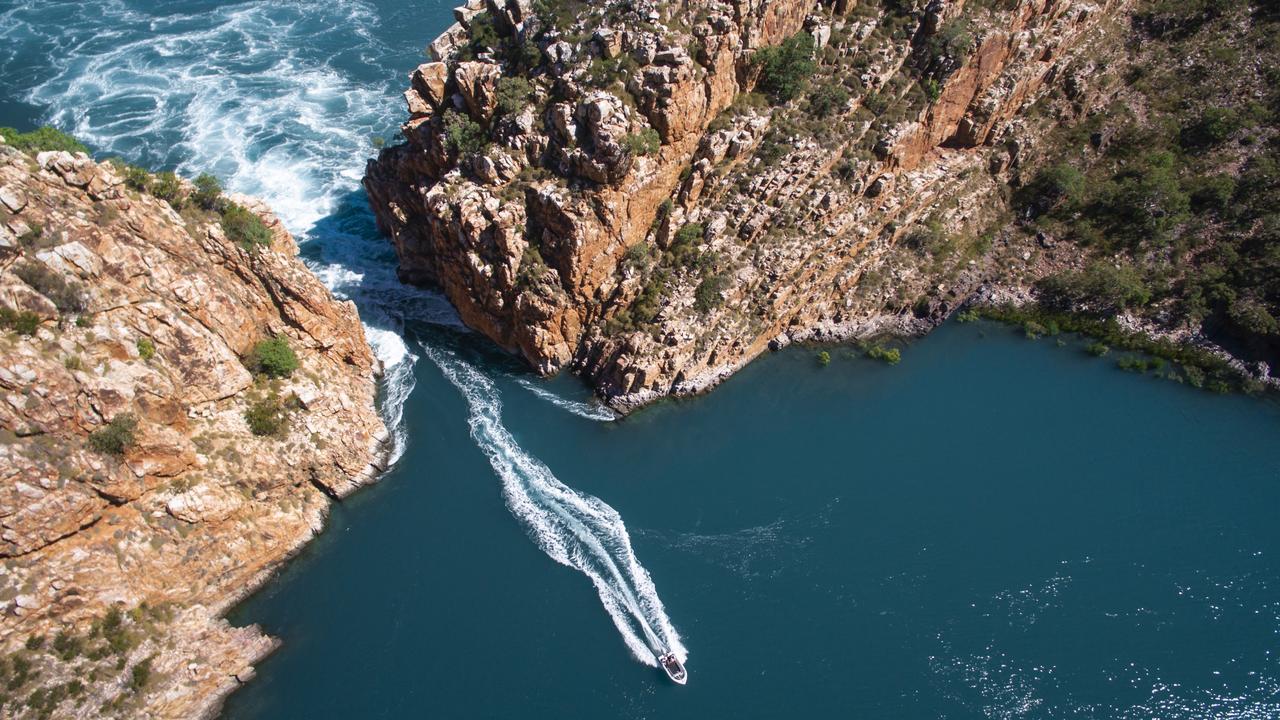Why Western Australia has the best lightshow on earth
WESTERN AUSTRALIA is quickly becoming an iconic global astronomy destination because the stars and science are right on our doorstep.
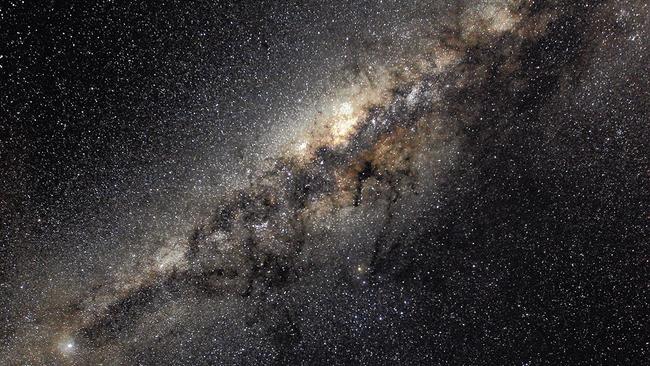
WHEN it comes to stargazing and astronomy, West Australians are very lucky.
WA is quickly becoming an iconic global astronomy destination because the stars and science are right on our doorstep.
Being so isolated, WA has some of the darkest night skies on earth. Plus the Square Kilometre Array mega-science project is being built in our Mid West which will help solve some of the deepest mysteries of the universe.
Scientists and stargazers are coming from around the world to enjoy the amazing natural asset over our heads. We have some of the best night skies in the world and some of the most remarkable places to view them from.
All you have to do is turn out the lights.
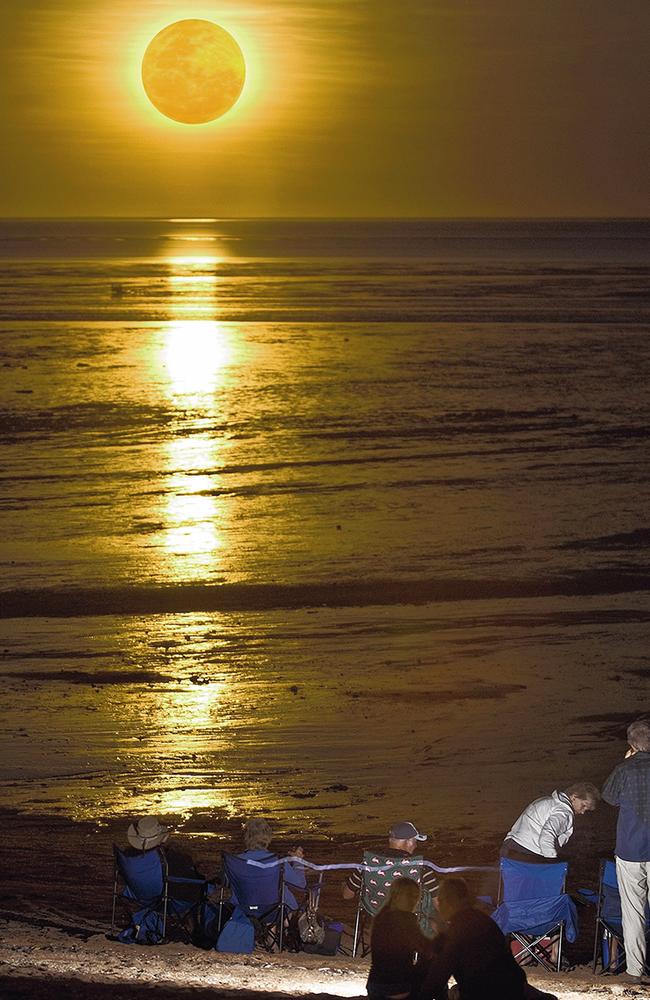
10 ASTRONOMICAL TRAVEL STOPS WHEN TOURING WA’S NORTH
Roebuck Bay near Broome.
The Staircase to the Moon appears each month from March to October. As the moon rises, the reflection of its light on the tidal flats makes for a spectacular sight and a real stargazing treat.
Bungle Bungle, Purnululu National Park in WA’s Kimberley.
If you’re a budding astrophotographer, you’ll take some interesting images. Under the moonlight, the shapes of the Bungle Bungle can be seen almost as if they are in daylight.
Ilgarijiri, in Geraldton.
Meaning “things belonging to the sky” the Ilgarijiri is a hub of activity around the Square Kilometre Array project. Don’t miss the beautiful sculpture on the foreshore plus the Iris Sundial opposite the St Francis Xavier’s Cathedral and in front of the Queens Park Theatre.
Wooleen Station in the Murchison.
An awe-inspiring place with views of the Milky Way galaxy so close you feel like you could touch it. On a full moon, it’s so light you can almost read a book.
Wolfe Creek Meteorite Crater.
When you’re off the beaten track, you’ll have a big sky from horizon to horizon. The night sky here is filled with thousands of stars.
Karijini National Park.
The park will get you closer to the stars than you can imagine with some great camp and cabin sites that make ideal spots for seeing meteor showers or shooting stars. The Geminid Meteor Shower each mid-December is best seen in the early hours of the morning.
Shark Bay beaches along the Ningaloo Marine Park.
On a dark night you’ll gaze in awe at how many stars you can see. All you need is a comfortable chair to sit back in.
Carnarvon Space and Technology Museum.
You’ll discover just how important this tracking station was when man first landed on the moon.
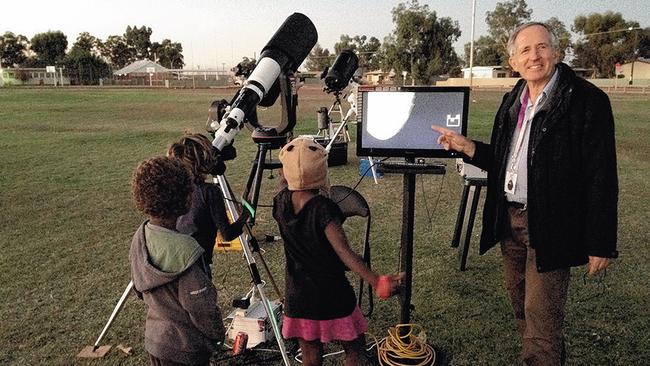
Sandstone in the Mid West.
A beautiful place to stargaze, natural rock formations make an inspirational backdrop to the night sky visitors. Nearby, Mount Magnet hosts an Astrofest every second year with the next one on May 23, 2015.
Nature’s Window at the The Loop in the Kalbarri National Park.
The Loop is a great place to go stargazing and is one of the most photographed places in WA.
GALAXY GIRL’S TOP 10 TIPS FOR NAKED EYE STARGAZING
â— Find the darkest place you can.
â— Travel away from the city lights.
â— Find the biggest piece of sky you can.
â— Let your eyes adjust to the darkness for 5-10 minutes.
â— Find a comfy place where you can lie back.
â— Watch for moving things in the night sky.
â— See if you can make pictures out of the stars.
â— See if you can see different coloured stars.
â— Use a pair of binoculars to take a closer look.
â— Cool drinks in summer and hot chocolate in winter are a must.
Originally published as Why Western Australia has the best lightshow on earth

